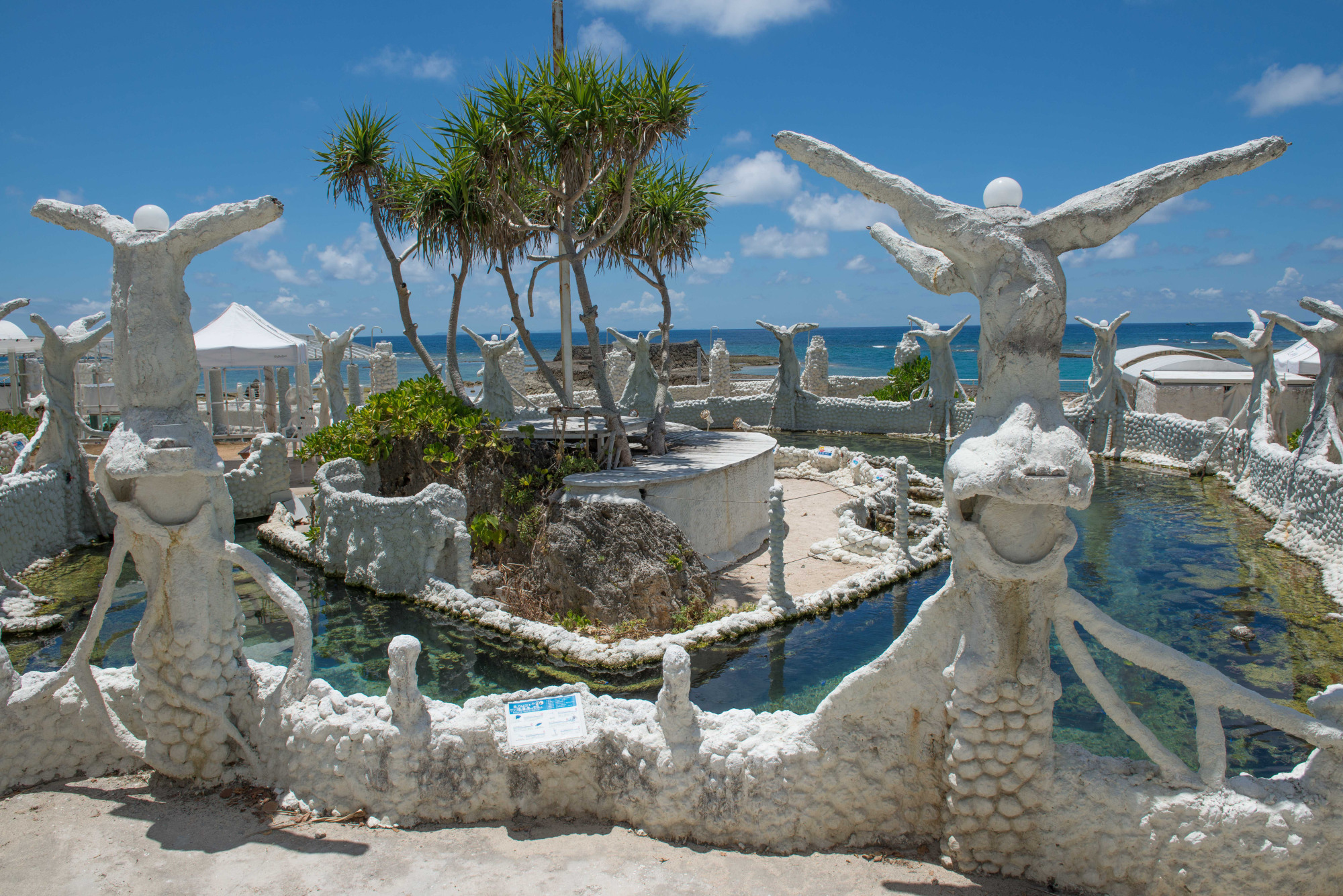A little north of the massive Kadena Air Base in Okinawa, a slew of scattered residential settlements and visitor sites are pincered between the Torii Station Army Base and an ammunition storage facility situated in Yomitan, a region of the southern mainland, where a massive U.S. amphibious landing took place in the closing months of World War II. The area has had to work hard to reclaim its cultural and historical identity, but also to honor those who perished in the war.
Chibichiri Gama cave is a poignant reminder of the staggering number of civilian lives lost in the conflict. During the Battle of Okinawa, places like this offered a measure of refuge from the slaughter, but it was common practice for Japanese soldiers seeking shelter to forcefully remove women, children and the elderly huddling in these grottoes. Those who remained in this particular cave were ordered by Japanese soldiers to commit suicide rather than surrender to U.S. forces.
After the war, with the return of land requisitioned for military use, a number of residents returned, building houses and reoccupying former ones, but the revival of the fishing, agrarian and religious and community practices that formed the basis of village life were more difficult to resuscitate.

















With your current subscription plan you can comment on stories. However, before writing your first comment, please create a display name in the Profile section of your subscriber account page.